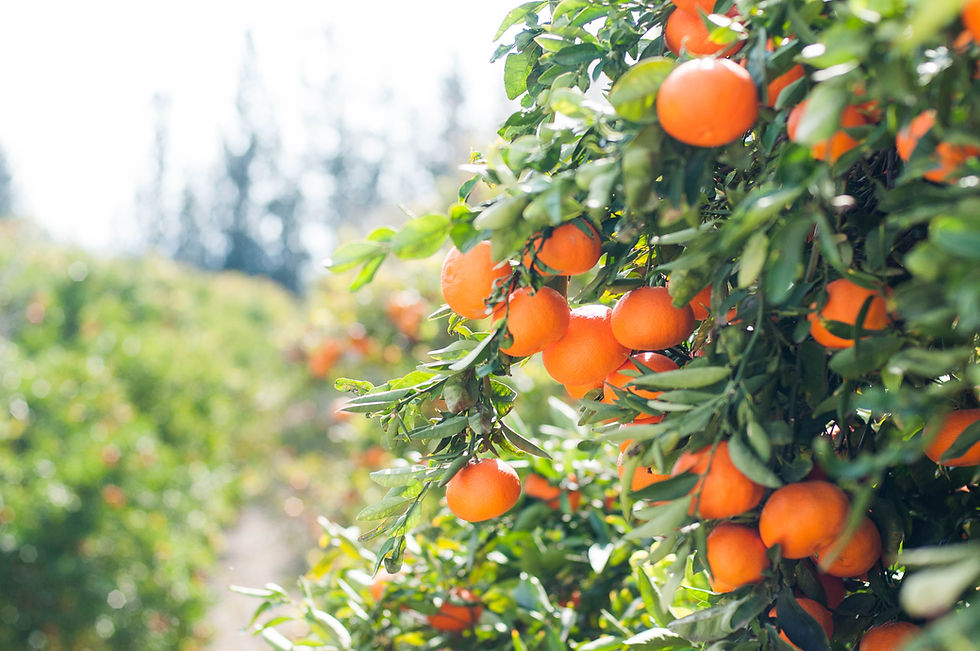Spring Awakening: The Transformative Power of Regenerative Agriculture
- Feb 15, 2024
- 2 min read
As we stand on the cusp of spring, the cycle of renewal offers a compelling backdrop to the transformative potential of regenerative agriculture. This period of awakening is not merely a transition from the cold dormancy of winter to the burgeoning life of spring; it is a profound reminder of the resilience and inherent capacity for renewal within the Earth—a principle that lies at the heart of regenerative agriculture.

During the winter months, farms that adhere to regenerative practices are far from silent. These farms are bustling with preparation and activities that set the stage for the spring awakening. Cover crops, planted in the fall blanket the fields, acting as natural insulators for the soil. They play a critical role in preventing erosion, enhancing soil moisture, and boosting fertility. This is the unseen groundwork that ensures the vitality of the land for the seasons to come.
Regenerative agriculture, with its focus on restoring the health and vitality of farming landscapes, contrasts sharply with conventional farming practices. It emphasizes the importance of soil health, biodiversity, water retention, and ecosystem resilience. As we move into spring, these foundational aspects become ever more relevant. The melting snows and rain bring with them the promise of renewal, a promise that regenerative agriculture seeks to fulfill not just seasonally but perpetually.
The potential for transformation inherent in regenerative practices is immense. By enriching the soil with organic matter, fostering biodiversity and microbial life, and implementing crop rotation and polyculture, farms become more resilient and productive. These practices do not merely aim to sustain the status quo; they seek to enhance and rejuvenate the land, making it more fertile and alive than before.
The shift towards regenerative agriculture is also a response to the pressing challenges of our times, including climate change, soil degradation, and biodiversity loss. As the snow thaws, or leaves are lifted, they refveal green shoots of life beneath, it symbolizes hope and the possibility of a fresh start. It reminds us that with careful stewardship and a commitment to regenerative principles, we can address these challenges head-on, transforming our agricultural landscapes into thriving ecosystems that support life in all its diversity.
This spring, as the Earth reawakens across the U.S., we can draw inspiration from the regenerative farms that are leading the way toward a more sustainable and resilient future. These farms, with their rich, living soils and diverse ecosystems, are a glimpse into what is possible when we work with nature, rather than against it. They remind us that every season, every cycle, brings with it the opportunity for renewal and transformation.
The journey of regeneration is ongoing, a continuous process of learning, adapting, and growing. In embracing regenerative agriculture, we acknowledge the profound interconnectedness of all life and our role in nurturing the delicate balance of our Earth.







